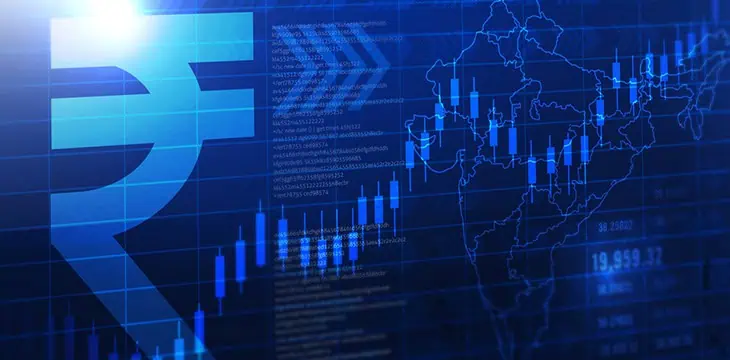|
Getting your Trinity Audio player ready...
|
India’s growing adoption of blockchains and distributed ledger technology has bolstered support for tokenized deposits or digital representations of traditional bank deposits hosted on a secure blockchain, according to the Reserve Bank of India (RBI).
“Tokenised deposits may have various use cases across domestic and cross-border payments, trading and settlement, and for cash collaterals. In fact, by being programmable, they can be used seamlessly in smart contracts, merging payment information and payment value to provide ‘atomic’ settlement,” Michael Debabrata Patra, deputy governor of Reserve Bank of India, said in his speech at an event.
“Overall, tokenised deposits may provide benefits of increased liquidity, cost effectiveness, improved accessibility (24×7), fractional ownership and quick settlements,” Patra said, speaking at the International Association of Deposit Insurers (IADI) Asia Pacific Regional Committee (APRC) International Conference, hosted by Deposit Insurance and Credit Guarantee Corporation (DICGC).
The primary function of deposit insurance is to stabilize the financial system in case of bank failures by assuring depositors they will have immediate access to their insured funds even if their bank fails.
Deposit tokens can be either bearer-like instruments, which are transferable, or non-transferable claims, which are settled in central bank money or wholesale central bank digital currency (CBDC), Patra said. India started a pilot for wholesale CBDC (e₹-W) in November 2022 and retail CBDC (e₹-R) in December 2022. The nation is also leveraging its digital public infrastructure to be at the forefront of the digital revolution sweeping the world.
“From the user’s perspective, tokenised deposits should be inter-operable with different systems, provide the same level of trust and confidence as other forms of money and should also comply with the “singleness of money” – the same value as other forms of money. Tokenised deposits may have various use cases across domestic and cross-border payments, trading and settlement, and for cash collaterals,” he pointed out.
“Regulatory and financial stability issues associated with tokenisation include the potential to amplify bank runs in times of stress; the legal architecture required to ensure that tokenised deposits are treated as traditional deposits for various purposes, including for deposit insurance; operational risks and cyber security concerns; and technology solutions for ensuring seamless payments and resolution of troubled banks,” Patra added.
Tokenization and unified ledgers are also central to the Bank for International Settlement’s (BIS) vision for the “Finternet.” The concept of the “Finternet” as a vision for the future financial system would be designed to empower individuals and businesses by placing them at the center of their financial lives. Unified ledgers would improve existing financial transactions and make entirely new financial products and transactions possible.
Simultaneously, the BIS’s Project Agora (Greek for “marketplace”) will explore how tokenization can enhance the function of the monetary system. BIS and seven central banks will explore how tokenization of wholesale central bank money and commercial bank deposits on programmable platforms can improve the monetary system. The primary area of exploration will be increasing the speed and integrity of international payments while lowering costs.
The RBI has joined Project Nexus, a multilateral international initiative conceptualized by the BIS Innovation Hub to enable instant cross-border retail payments by interlinking the fast payment systems of Malaysia, the Philippines, Singapore, Thailand, and India.
Watch: Universal Blockchain Asset unlocks the future of payments

 07-13-2025
07-13-2025 





